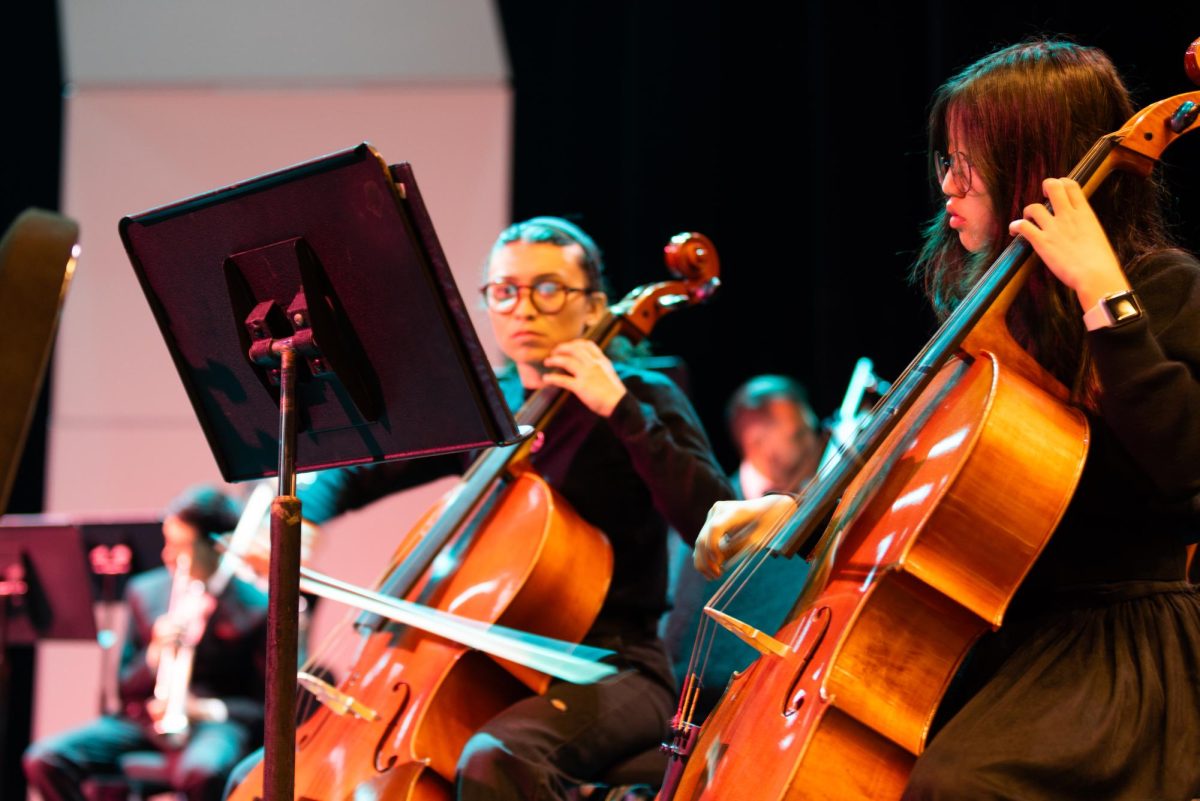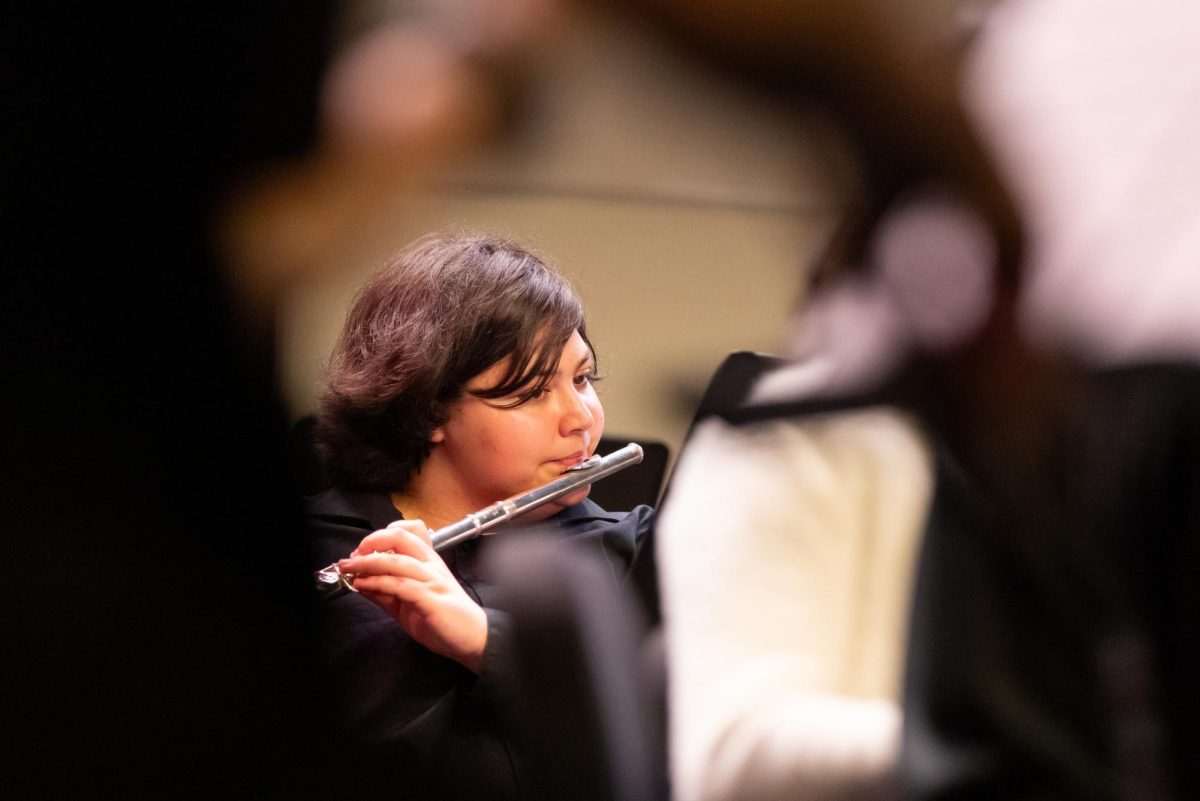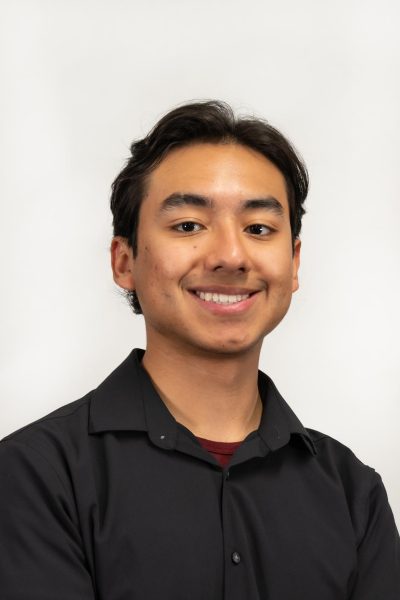From the gentle sound of strings to the strong call of horns, the FC Symphony performed Haydn’s “Symphony No. 104” on Wednesday at the Campus Theatre. The performance consisted not just of the diversity in instrumental sound but also of the diversity in musicians.
The orchestra played the piece in D major and preluded it with Mozart’s overture to “Idomeneo, K. 366.” The once-a-semester show is the capstone project of the symphony class offered at Fullerton College. The orchestra was composed by a “three pronged approach,” as conductor Zun-Hin Woo described it. Not all of the musicians were full-time FC students. Community members and high school students were also part of the group.
“High school students in here can get a full orchestra experience that they probably wouldn’t have at their own high school and if there’s any community members who want to look for a place to play we welcome them too,” said Woo.
To Woo, who teaches the course, a symphony is “the amalgamation of the different families of instruments we have, the string instruments, the wind instruments, brass, and the whole percussion all mixed together in one to come and produce wonderful glorious sounds.”
According to Woo, who chooses the orchestra’s repertoire for the symphony, he takes into account the size of the student body, the technical levels of the musicians and pieces he thinks would benefit the most to students. The larger the enrollment in the class, the grander the pieces that can be chosen as well as how often a symphony could perform.
“In the past where we had larger enrollments, pre-COVID, we were able to do larger pieces, so that’s like one of the challenges with enrollment,” said Woo.
Another criterion considered in the repertoire’s selection is the benefit of the pieces to both students and to the music scene in general. Woo said that classical pieces like Haydn and Mozart can train musicians on the basics of orchestral playing and how to “shape music beautifully.” However, according to Woo, playing more modern pieces introduces musicians to new sounds and can advocate for composers to leave a legacy.
“It may not be to your liking, but it’s something we need to champion because everything we played was at one time new music and was breaking new grounds in its own unique way,” said Woo, speaking of Mozart, Haydn and Beethoven. “Not everything written back then was golden. And likewise there’s gotta be a lot of junk that’s composed now, but we gotta sift through it in order to find the cream of the crop that will be played for future generations.”
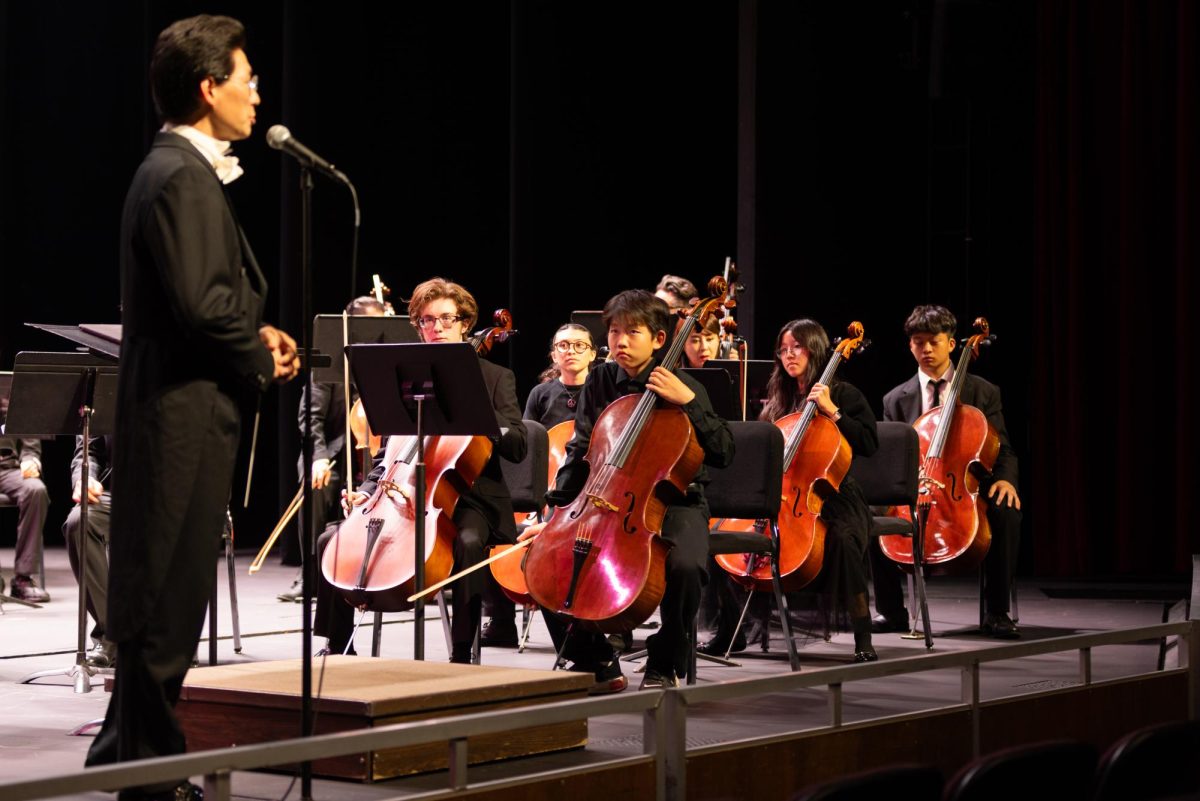
Tabitha Martinez, a cellist in the orchestra, is a full-time CSUF Biology senior, but has been a part-time FC student since 2021 and has even been part of the choir at FC. Martinez said she grew up learning how to read music thanks to her dad, who taught her the skill at eight years old.
“This is my first time playing with the Fullerton College Symphony but I played cello in high school,” said Martinez. “We started rehearsing back in early February, a rehearsal once a week for a couple hours.”
Her parents and partner were part of the audience. They were surprised at the half-filled seats but felt proud of their daughter nonetheless.
“I loved everything. I think this [theater] should be full, this was beautiful,” said in Spanish, Nancy Martinez, mother of Tabitha Martinez. “I don’t know if it’s not promoted here at the college or in the surroundings. It should be because this is at a very professional level.”
A symphony is different from other types of music in that it consists of four movements: a fast first movement (Adagio – Allegro), a slow second movement (Andante), a third movement that is often a dance or scherzo (Menuet – Trio), and a final, often fast movement (Allegro con spirito).
Another unique distinction about orchestras is its conductor. Their role consists of setting and arranging the tempo through gestures for musicians to understand. This type of communication among its members differs from other forms of communication in musical groups.
“It was the best orchestra I’ve ever seen in person,” said Austin Woollett, an audience member. “It’s just such a different world. I play in a church band and…it’s such different communication styles between a live band and an orchestra and I just like watching it because it’s so different from what I’m used to.”
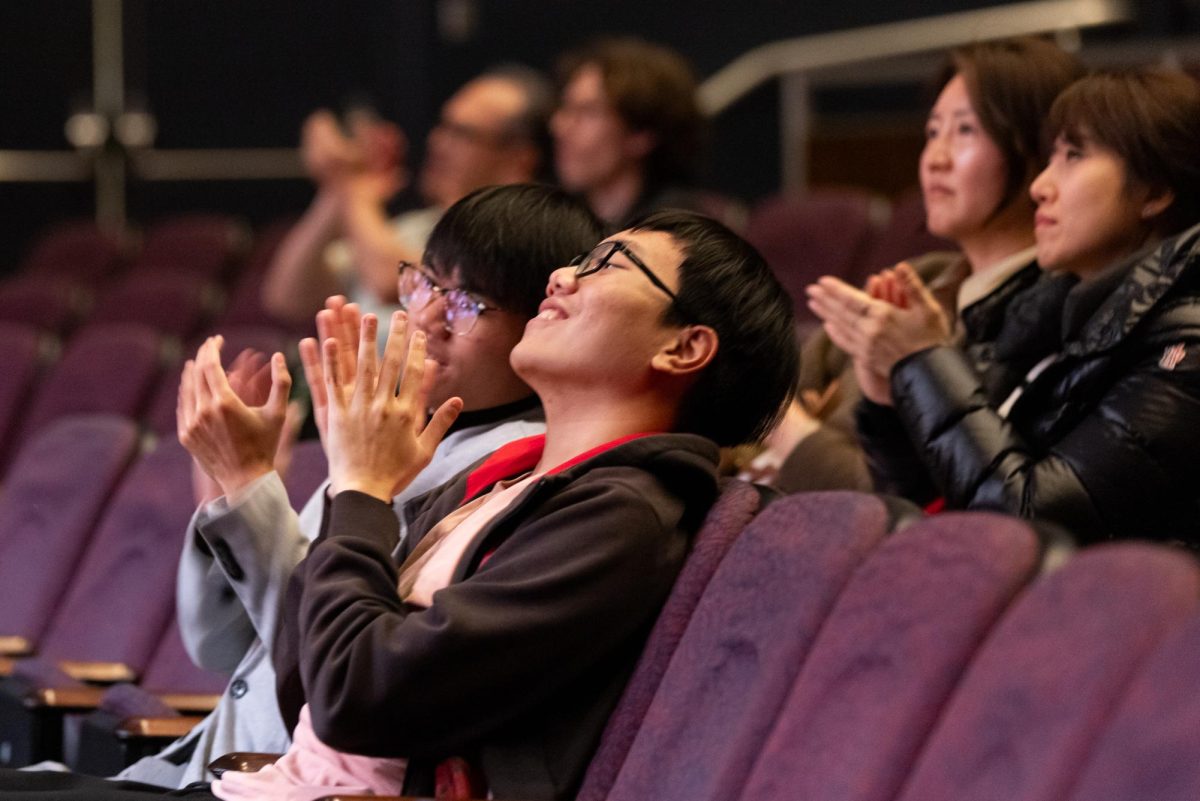
As the music department and the symphony tries to build back from lingering COVID enrollment lows, it’s still important for its members to remember the role of music in society.
“I think music is a very powerful tool that people use to convey emotions or feelings or opinions and I think now more than ever music should really be amplified and used,” said Tabitha Martinez.

